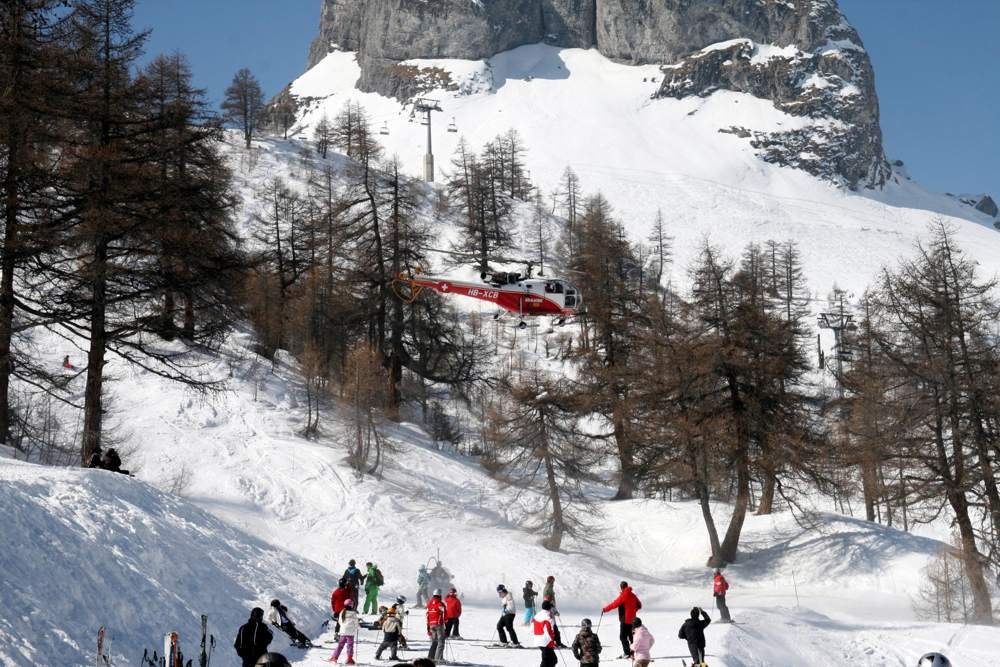1: Check the insurer’s definition of ‘ski equipment’.
When purchasing winter sports insurance, check the insurer’s definition of ‘ski equipment’ in the terms and conditions. Commonly, this will only include skis, snowboards, bindings, boots and poles. Many snow-seekers may not realise they aren’t covered for loss, damage or theft of other expensive items, including ski clothing and accessories such as helmets, goggles and gloves. So if you’ve forked out for expensive winter sports clothing or are even borrowing from a friend, it pays to check this clause.
2: Make sure the policy covers you for winter sports activities.
While it may sound obvious, don’t just head off to the snow hoping your annual travel insurance policy will have your back. Make sure the policy covers you for any winter sports activities you may do, as these will not be covered on standard travel insurance policies.
3: Check the total number of days the winter sports policy covers you for.
Before deciding on the right policy for you, double check how many days the winter sports policy will cover you for. It’s not uncommon for insurers to limit travellers to just 17 days of winter sports cover per year, so if you’re planning on playing on the slopes for the whole season or going twice in one year, make sure your policy covers you for this.
4: Wear a helmet or beware.
When skiing or snowboarding, always adhere to your insurer’s guidelines in case you need to make a claim. For example, most insurers insist you wear a helmet during winter sports activities. Failure to do so in the event of a claim, could see your policy fail to pay out.
5: Going ‘off-piste’? Check your insurer’s limitations.
Most standard travel insurance policies will not cover skiing or snowboarding ‘off-piste’ unless with a qualified guide or instructor, although each insurer’s definition of ‘off-piste’ varies. Most insurers define it as ‘within resort boundaries’, leaving it up to you to figure out exactly what that means. Are you allowed to ski in the resort’s woodland, or if you go just to the side of the marked areas will your policy be valid? Before purchasing travel insurance, ask the individual provider about the specific limitations and how they define ‘resort boundaries’. And if you’re planning on going off-piste, make sure you have specialist winter sports cover because if you are involved in an accident, you may face steep medical bills if inadequate travel insurance cover was in place.
6: Delayed ski season? Don’t get caught out on your last day on the slopes.
Weather predictions suggest we could still be experiencing snow in the UK in May, and if this spreads to Europe too, travellers could get caught out by a clause found in most winter sports policies which says you are only covered up until 31st April in the Northern hemisphere and 31st October in the Southern hemisphere. Check your policy for any limitations on when you can claim for winter sports. Meanwhile, these unpredictable weather conditions mean more travellers could be vulnerable to piste closures. Should you need to claim for piste closure, ensure you have obtained confirmation of the resort closure from the local representative – failure to do so could invalidate any claim.
7: Medical costs
While it may sound obvious, make sure your insurance policy covers private medical costs. These would be required if you had an accident on the slopes and had to be transported from the mountain to a hospital by helicopter. Without cover for private medical costs, you could be left with a huge bill.
Top Tips When Buying Travel Insurance
• Always shop around for travel insurance. Don’t just buy the travel insurance policy offered by your travel agent or airline.
• Remember the cheapest travel insurance policy isn’t always the best. Look at the level of cover offered by each policy and make sure it’s suitable for your own needs.
• Always read the small print. Check the policy is suitable for what you plan to do on your holiday and make sure you know what you need to do if you need to make a claim. For example, when do you need to contact the travel insurer and what documents you need to get, such as receipts or police reports.
• Get an EHIC card (the replacement for the E111) It could save you money if you need treatment in the EU as medical excesses may not be charged if you use your EHIC.
• If you make a travel insurance claim and it is turned down write to the insurance company and make a formal complaint. If the company doesn’t change its mind, or you are unhappy with how it has handled your complaint, or after 8 weeks, you can complain for free to the Financial Ombudsman Service.
See payingtoomuch.com to see price comparisons for a wide range of financial services
















